Report Ramping Comp Plans
You know what’s not talked about enough? Comp plans for ramping reps.
Everyone is doing it, but no one shares how exactly they’re structuring it.
That is… until now.
We surveyed revenue leaders from 114 organizations across industries to get a pulse on the most common strategies, payout structures, and ramping time frames.
The goal? To help you structure ramp plans that accelerate performance, boost retention, and drive long-term growth. Because the right ramping structure supports sellers as they build pipeline and aligns their efforts with your company’s key objectives from day one.
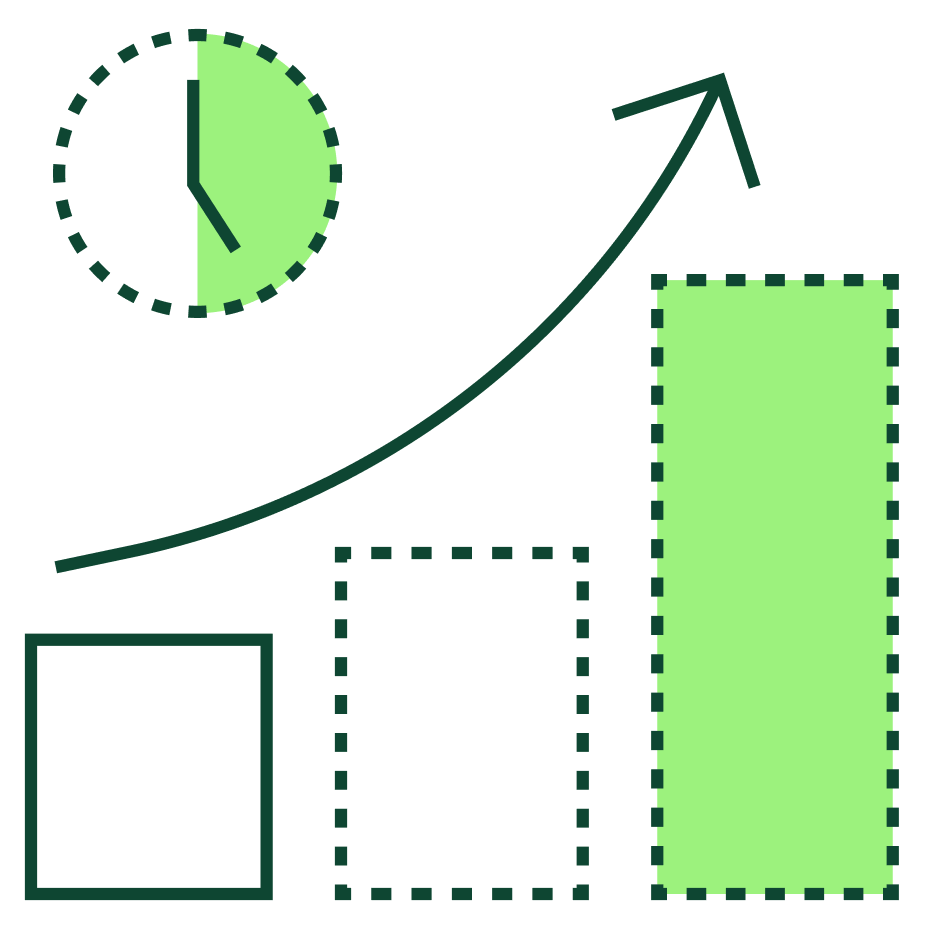
30%
Small sales teams
(1-10 reps)
40%
Mid-sized teams
(11-50 reps)
20%
Large teams
(51-100 reps)
10%
Enterprise
teams
(101+ reps)
Key Insights
6
months is the average ramp period
40%
of companies offer guaranteed commissions
Quota
adjustments are the leading ramping method
30%
of companies allow accelerators during ramp
Ramping Comp Plan Trends
Below are some of the more general trends around sales ramping plans we found:
- Ramp Periods Vary but Average is 6 Months: While ramping structures range between 3 and 24 months, the average ramp period is 6 months across all organizations surveyed. However, companies with longer sales cycles (6+ months) tend to extend ramping to 12-18 months.
- 40% of Companies Offer Guaranteed Commissions: Nearly 40% of organizations provide some form of guaranteed commissions to new sales hires.
Among them: - Quota Adjustments are the Preferred Ramping Method: About 30% of companies compensate new reps through reduced quotas or higher commission rates, allowing them to focus on building pipeline without facing full quota pressure.
- Larger Teams are More Likely to Use Draws: 33% of mid-sized teams (11-50 reps) use a recoverable draw model, while 100% of large teams (51-100 reps) rely on non-recoverable draws, providing a safety net for new hires without requiring clawbacks.
Try Our Sales Ramp Calculator
Calculate quota adjustments and ramping comp plans for new hires according to sales cycle, on-target-earnings, and ramp times.

Compensation & Incentives During Ramp
Beyond structuring ramp periods, revenue leaders have to decide how to incentivize reps while they ramp, balancing financial support with performance-based earnings. Take a look below to see how leaders think about (or not think about!) activity-based incentives, accelerators, and draws.
Activity-Based Compensation is Rare:
Less than 3% of companies reported rewarding ramping reps based on activities such as calls made or demos booked. This suggests a strong preference for commission-based earnings on closed-won revenue.
Although it’s worth mentioning that several said they are considering management-by-objectives (MBOs) ramp plans.
Accelerators During Ramp are Allowed by 30% of Companies:
While 70% of companies delay accelerators until full ramp, 30% allow reps to earn accelerators while ramping, offering faster-earning potential to top performers.
Draws vs. Reduced Quotas Vary by Team Size:
- Small teams (1-10 reps): 20% pair a lower quota with a higher commission rate.
- Enterprise teams (101+ reps): 100% implement a reduced quota strategy, allowing time for training and pipeline development.
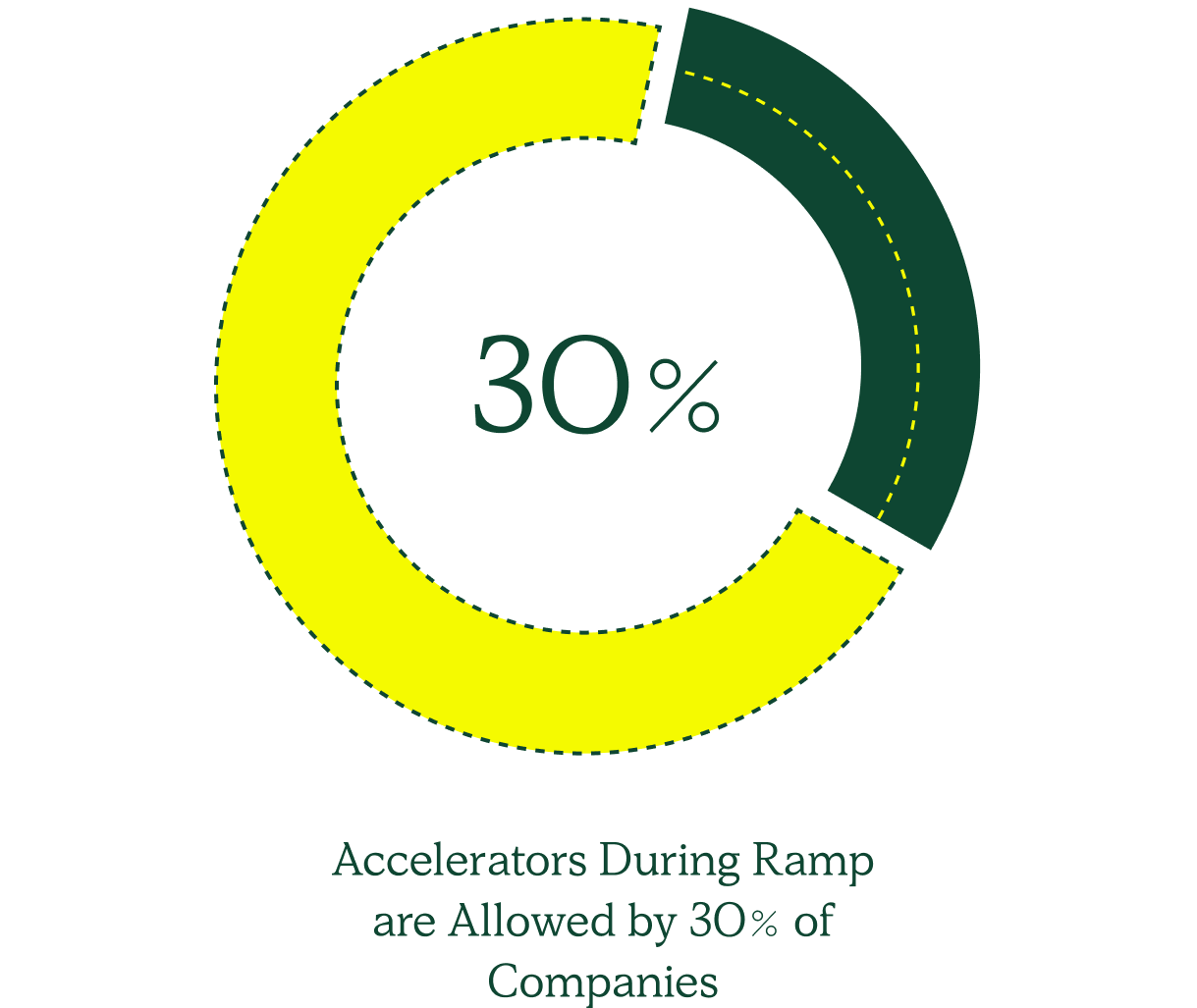
Want More Data?
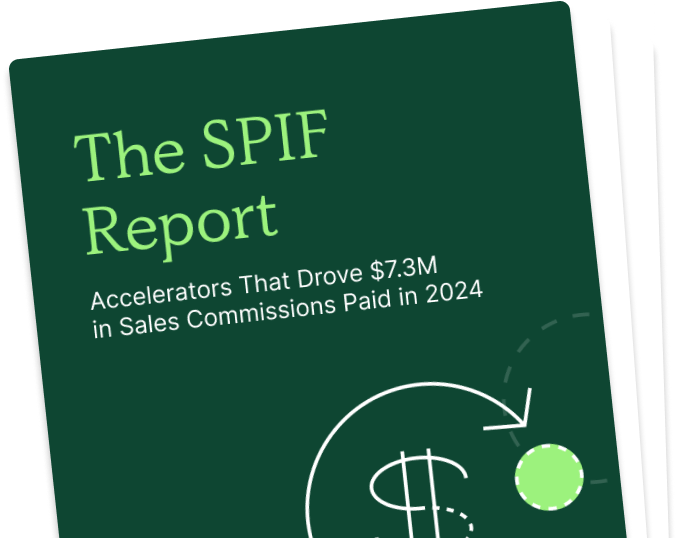
Ramping Plan Frameworks
Now let’s take a look at ramping models and quotas.
Most Companies Use a Progressive Ramp Model:
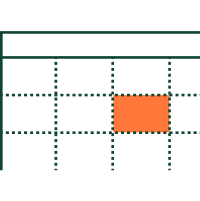
0-50-75-100% quota ramp-up over 3-4 months
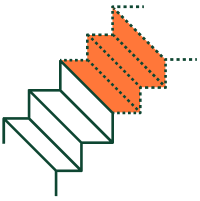
Fixed step-ups every quarter (e.g., 40%, 80%, 100%)
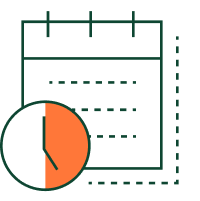
A full year ramp in industries with long sales cycles
Quota Reduction Strategies Differ by Team Size:

Small Teams: 1-10 reps
Rely on higher commission rates with lower quotas (20%)

Mid-sized Teams: 11-50 reps
Prefer recoverable draws (33%)

Large Teams: 51-100 reps
Implement non-recoverable draws (100%)

Enterprise Teams: 101+ reps
Focus on training and progressive quota increases (100%)
Design, Implement, and Optimize Ramping Comp Plans
Feel ready to ramp up your reps?
Our 2024 Comp Challenges Report revealed that it takes reps an average of 3 to 6 months to fully understand how they’re paid. That’s valuable ramp time lost to confusion, and time that could be spent building pipeline and closing deals.
With QuotaPath, revenue leaders can quickly build and adjust ramping comp plans that ensure reps understand how, when, and what they’re paid from day one.
Provide full transparency into earnings, including during ramp periods, and eliminate guesswork while speeding up ramp time.


Ramping Comp Plans
Want this report accessible via PDF? Fill out the form to the right, and we’ll send one your way for easy sharing.